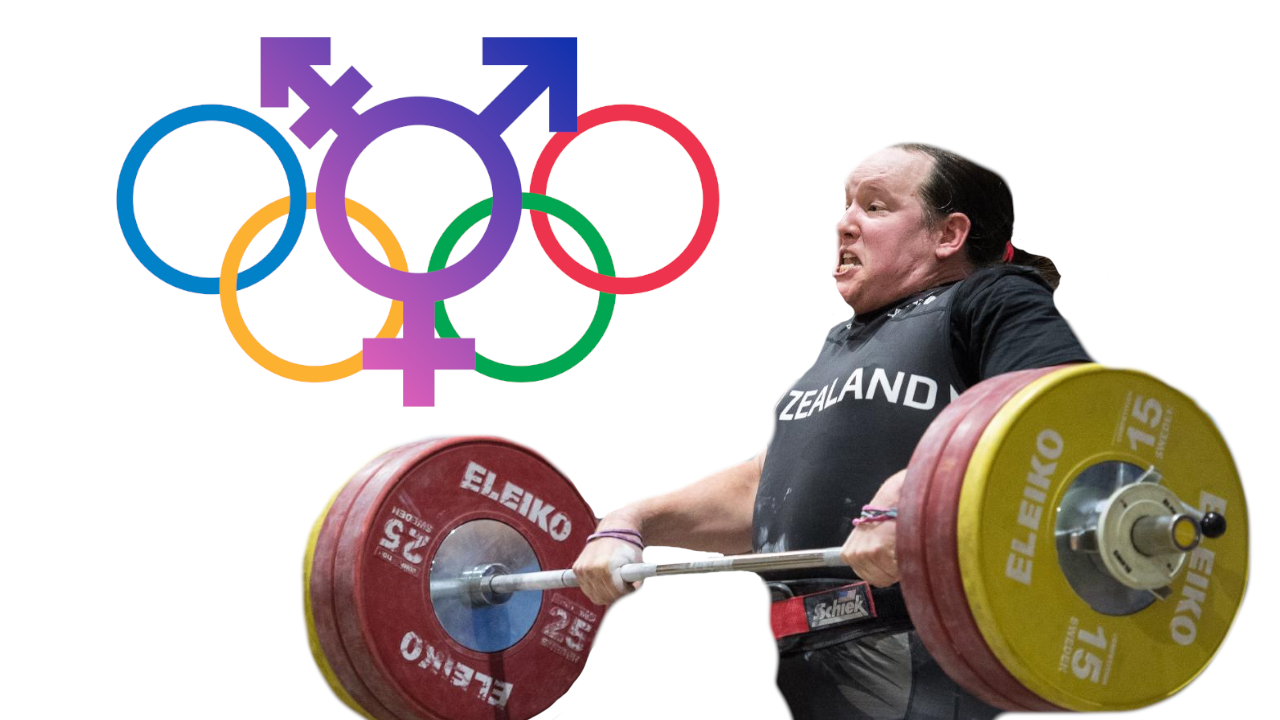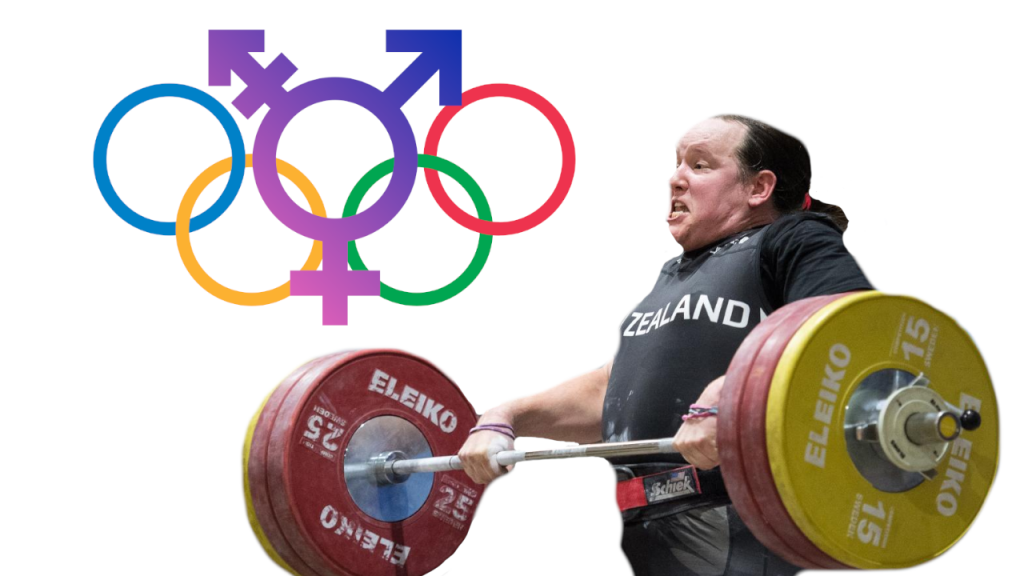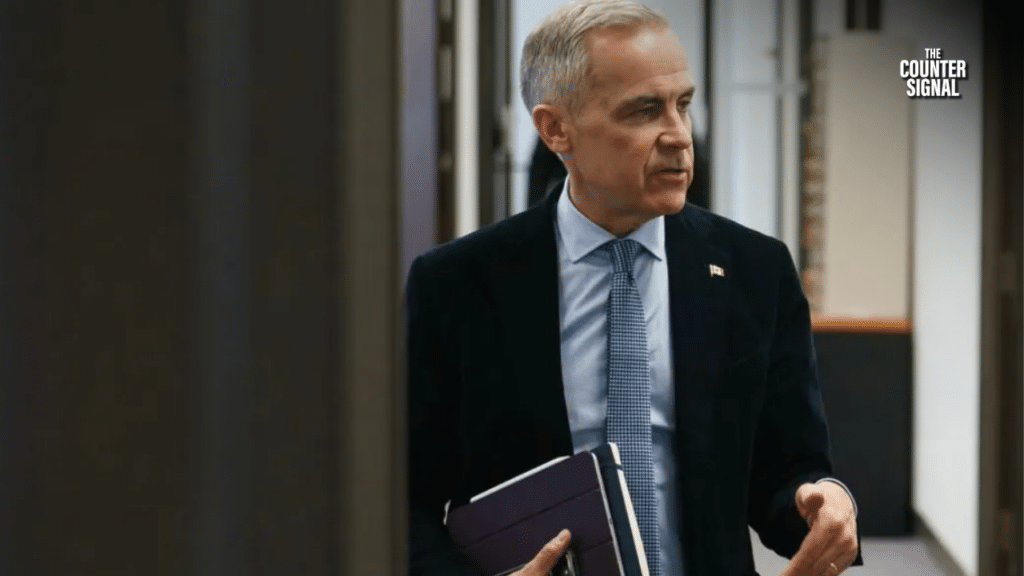
For the first time ever, a transgender weightlifter who was born a biological man will be able to compete against women in the Olympics.
Apparently the International Olympic Committee decided that a lifetime of testosterone and the natural physical advantages men have over women should be ignored in favour of appeasing the transgender and woke communities.
43-year-old New Zealander Laurel Hubbard – who was born as Gavin Hubbard – only transitioned in 2012 and immediately started dominating his female competition.
Hubbard qualifying for the Olympics was not a surprise, but an inevitability.
“Hubbard, 39, won the women’s over-[198-lbs.] division at the Melbourne event, setting four unofficial national records in the process. Hubbard lifted a combined total of [591 lbs.] — [42 lbs.] better than silver medalist Iuniarra Sipaia of Samoa,” a 2017 report from the New Zealand herald wrote.
Hubbard qualified for the event despite being the oldest weightlifter in the category and having a prior injury from the Commonwealth Games several years prior.
Other athletes including Beligan weightlifter Anna Vanbellinghen has called the decision “unfair” and “like a bad joke.”
Despite the very real concerns athletes and experts have about letting biological males compete in women’s sports, trans activists are hailing the decision as a victory.
As columnists like Piers Morgan have noted, the decision could set women’s access to sports back decades.
“Hubbard had 35 years to benefit from such biological advantages, which is why she is able to compete at 43 against a field with an average age of 24, and why she destroyed her female competitors until a bad injury in 2018 forced her to temporarily suspend herself from competing,” wrote Morgan.
According to a study by World Rugby, scientists found that in the sport of weightlifting there existed a 30% gab between the male sex and the female sex in terms of performance.
“These differences are the result of biology. Males have higher muscle mass, larger muscle cross-sectional area, longer levers (different skeleton), less fat mass, higher tendon stiffness and higher cardiovascular capacity (larger heart and lungs, more hemoglobin),” the study’s authors wrote.
Support our Journalism Fund










